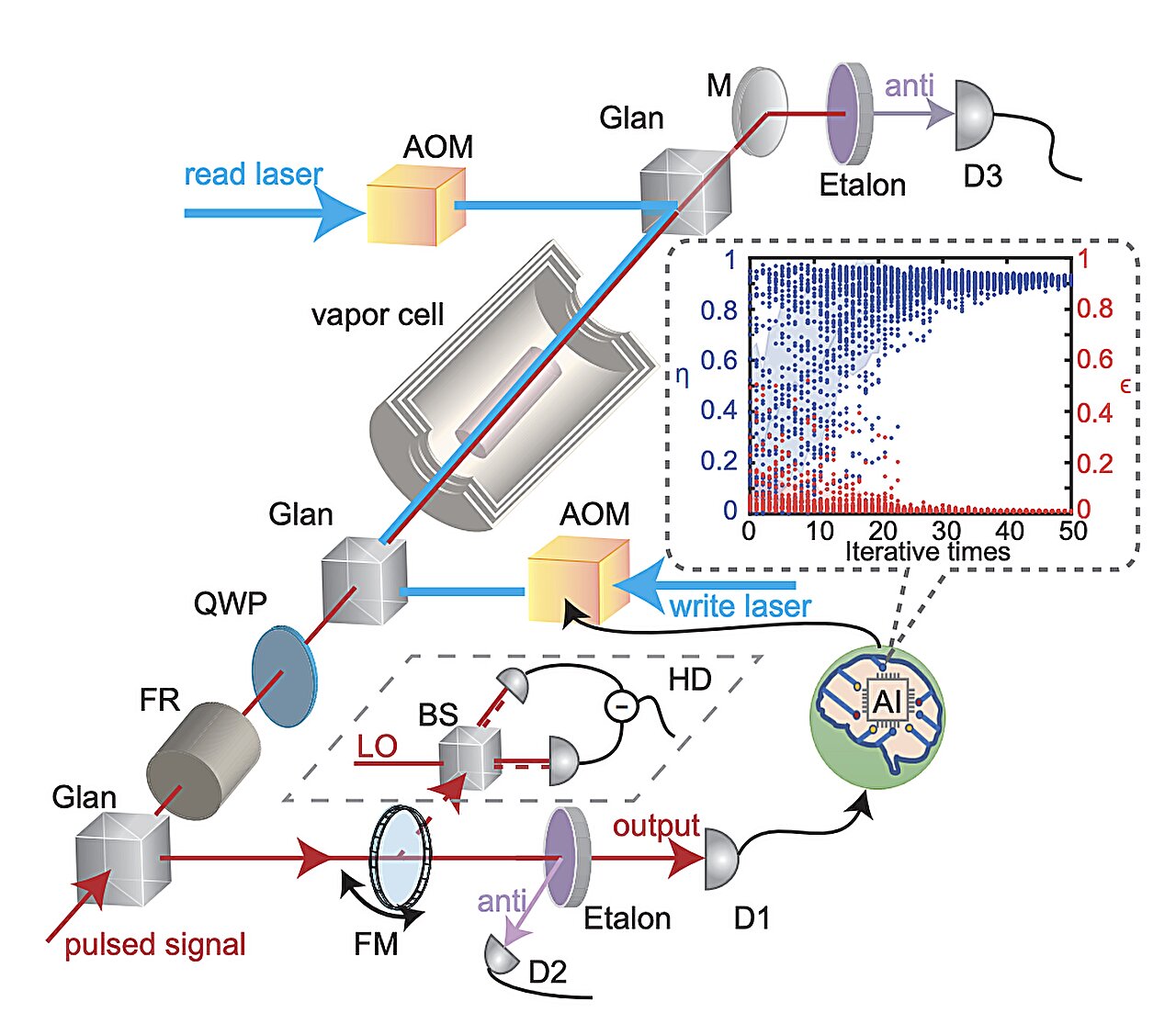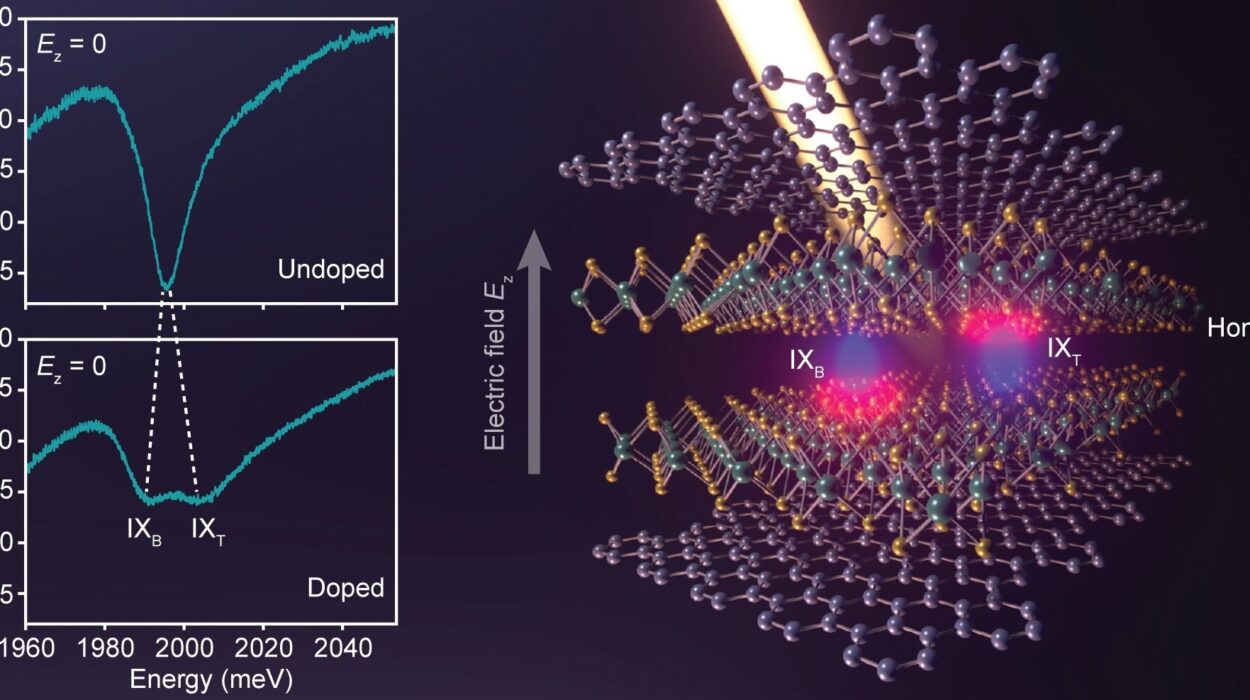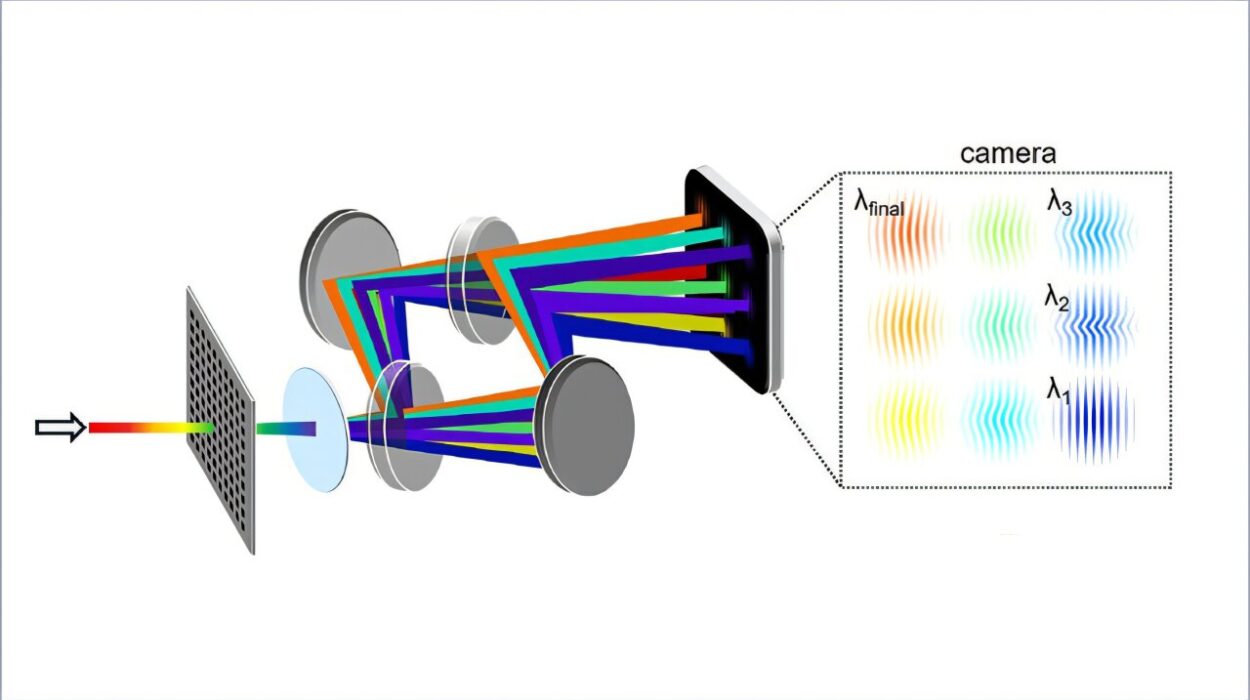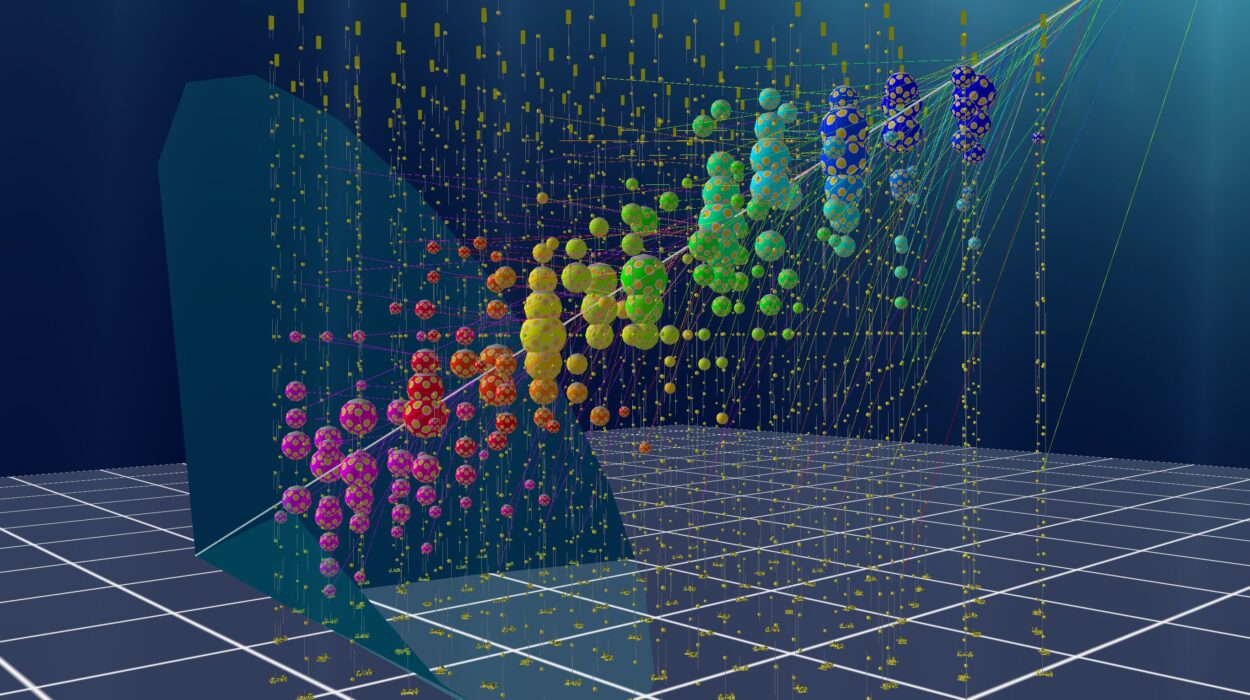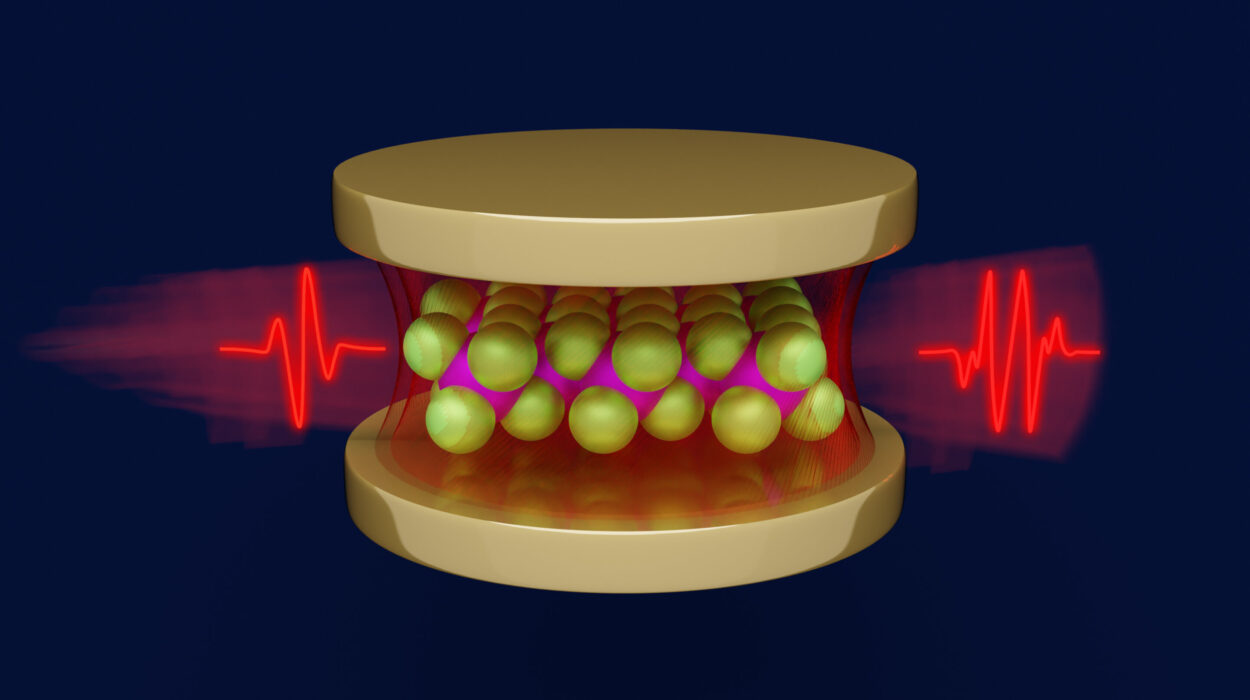For years, quantum physicists have chased a kind of stillness—a way to freeze fragile quantum information without disturbing it. The dream is simple to say and notoriously difficult to achieve: store quantum states with almost nothing lost, and bring them back exactly as they were. But behind that dream lies a stubborn problem. Nearly every method that scientists devised to trap quantum information added its own unwanted noise, tiny random fluctuations that scrambled the very states they were trying to protect.
In that long struggle, quantum memory became one of the most important missing pieces in the quest for quantum communication and computation. And yet it also became one of the most frustrating. High efficiency meant more noise. High fidelity meant losing too much information. The field lived under a quiet tension, a bottleneck that resisted solution.
That is, until a team in China decided to approach the problem from a completely different direction—by first trying to understand the deep mathematics of how atoms and light whisper to one another.
The Turning Point No One Expected
The breakthrough arrived from a joint team led by Professor Weiping Zhang at Shanghai Jiao Tong University and Professor Liqing Chen at East China Normal University. Instead of fighting noise with more complex physical setups, they looked for the underlying logic that shapes atom-light interaction during storage. If quantum information was getting distorted, they reasoned, then the mapping between light and atoms must hold secrets yet to be uncovered.
In a study published in Physical Review Letters, the team revealed a new way to control this mapping with far more precision than before. They turned to a mathematical idea known as the Hankel transform—a structure that is normally tucked deep inside textbooks and seldom associated with cutting-edge experiments. Yet here, it became a compass.
By using the Hankel transform to guide how an incoming optical signal is imprinted onto atoms, the researchers found they could tune their quantum memory with remarkable accuracy. Their system was built around a far-off resonant Raman scheme, an approach known for its ability to store information extremely quickly. But the real surprise was what happened when their mathematical method began steering the storage process.
The resulting memory achieved an efficiency of 94.6% while keeping noise “very little,” and it retrieved stored quantum information with a fidelity of 98.91%. In a field where improvements tend to come in fractions of a percent, these numbers read like a quiet revolution.
“Quantum memory with near-unity efficiency and fidelity is indispensable for quantum information processing,” Zhang told Phys.org. “Achieving such a performance has long been a central challenge in the field, motivating extensive research efforts and inspiring the published work. The primary objectives of this work were to elucidate the underlying physics and to develop practical approaches for realizing perfect quantum memory.”
Mapping Light to Atoms, As If by Hand
The central insight of the team’s work is deceptively simple: instead of forcing atoms to behave the way physicists wished they would, why not allow the mathematics behind their interaction with light to guide the process?
Their approach showed that atom-light spatiotemporal mapping is not just a mysterious exchange of energy but a structure shaped by the Hankel transform. Once that structure was understood, it became something that could be controlled.
“Fundamentally, this work is the first time to uncover the physical mechanism behind the atom-light mapping in the quantum memory,” said Zhang. “Practically, this work makes a breakthrough in developing a new method and promising technique to achieve a benchmark of quantum memory.”
When the researchers applied this method to a warm vapor of rubidium-87 atoms, something long considered impossible finally happened: the trade-off between efficiency and fidelity vanished. No longer did boosting one require sacrificing the other. The system behaved as though the atoms and photons were following a well-choreographed dance—because mathematically, they were.
Beyond the Bottleneck
For decades, the idea of a perfect or near-perfect quantum memory existed mostly in theory. Yet this new demonstration breaks through the bottleneck that defined the field. Before this work, storage devices could be fast, or accurate, or low-noise, but never all three at once. The newly guided Raman memory changes that balance, showing that the right mathematical insight can reorganize the limits of physics in practice.
Even more promising is what this achievement hints at. If mathematical structure lies at the heart of atom-light mapping, then similar insights might unlock new techniques for other quantum components as well. The implications stretch across quantum communication, computing, and sensing systems.
As Zhang noted, “Our plans for future research include, but are not limited to, studying new physics-driven principles and integrating the memory into quantum repeaters for fault-tolerant quantum computing architectures and quantum networks.” The possibilities are sweeping, but they all depend on the reliability of what quantum memory can preserve.
Why This Matters
Quantum technologies rely on fragile states of matter that vanish the moment they are disturbed. To build long-distance quantum communication, researchers need devices that can hold those states safely as signals move from node to node. To build fault-tolerant quantum computers, they need memories that do not corrupt stored information over time. To build distributed quantum sensors, they need storage that is predictable, precise, and nearly lossless.
The new Raman memory developed by Zhang and his colleagues brings the world closer to all of that by showing that efficiency and fidelity need not be enemies. It demonstrates that unwanted noise does not have to be an unavoidable cost of storing quantum information. And it reveals that sometimes the key to advancing technology lies not in adding complexity, but in understanding the mathematical heartbeat of nature itself.
In the long story of quantum information science, this work marks a new chapter—one where the dream of near-perfect quantum memory feels less like an aspiration and more like an approaching reality.
More information: Jinxian Guo et al, Near-Perfect Broadband Quantum Memory Enabled by Intelligent Spin-Wave Compaction, Physical Review Letters (2025). DOI: 10.1103/kbwj-md9n . On arXiv: DOI: 10.48550/arxiv.2505.02424
